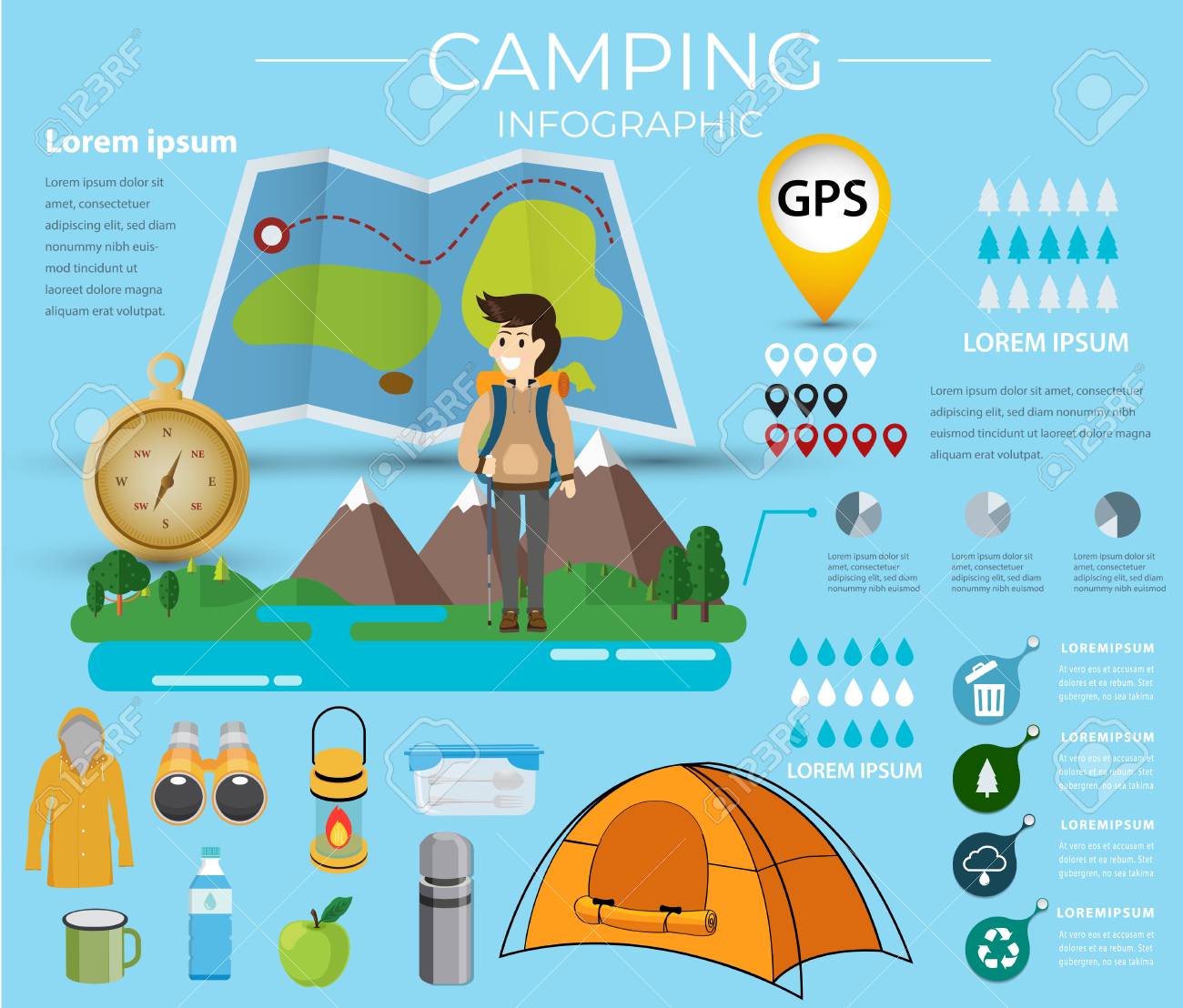Stove jacks are vital to risk-free outdoor tents cooktop use, keeping cold air, rain, snow, pests and also flammable combustible products out of the tent. However, they're not without their risks. Read on to learn about usual errors campers make when suitable their range jacks, and exactly how you can avoid them at your camping site.
Material Compatibility
When purchasing an oven jack, make certain it is made from heat-safe materials. The fabric used to make the jack needs to additionally be durable and breathable, which will certainly assist to keep the tent warm and completely dry when it remains in use.
Once you've located an oven jack that works with your camping tent, it's time to decide where you want to install it. Generally, it's ideal to position the oven in the center of the tent to assist maintain all areas cozy and cozy, yet it is necessary to prevent putting it directly up against a tent wall surface because this is a fire hazard. Also, take into consideration exactly how easy it will certainly be to reach your range when refueling and cleaning up in the middle of the evening.
Range jacks are pretty straightforward camping gear, yet they are extremely crucial for securely utilizing a tent oven in any climate condition. By making the effort to choose the proper size and appropriately install your stove jack, you'll be prepared for a comfortable outdoor camping experience!
Range Pipeline Diameter
The dimension of your range pipe is important to ensure correct venting and to prevent a fire risk. A small size pipeline will certainly function great in a lot of tents, but a bigger one need to be made use of with a heavier-duty canvas outdoor tents or a Tipi.
When it involves establishing the ideal placement of personalized canvas bag your stove, the facility of the outdoor tents is often the best choice. This will certainly help keep the entire camping tent warm while lessening the possibility for smoke to leakage around the sides. It likewise assists protect against warm from surprising from the oven and right into combustible materials like wall surfaces or ceilings.
When it involves wall surface and floor protection, NFPA requires at least 36" of clearance from flammable wall surfaces. This can be lowered by utilizing an oven shield and a single-wall stovepipe with an insulated thimble (if going into the ceiling, attic room or roofing). Always consult your woodstove manufacturer's proprietor's handbook for additional information concerning appropriate installation.
Cooktop Pipe Length
Aside from not being straight up against the wall of the outdoor tents (where maybe a fire danger) there isn't really a wrong area for a cooktop jack. It's just a matter of preference, relying on exactly how easy it will certainly be to reach for refueling and how close it will certainly be to the entrance of your outdoor tents.
Nevertheless, if you install your pipeline also far out from the stove, chilly air and rainfall will certainly have the ability to blow in around the outside of the pipe. This isn't optimal, as it will certainly make beginning your cooktop and maintaining a good draft challenging.
To determine just how much flue you'll require, gauge the distance from where your tent's range will sit to your smokeshaft opening. After that deduct two inches because each section of pipe overlaps. The number you get is the amount of pipe you'll need to get. The good news is, mounting cooktop pipelines isn't hard and requires minimal devices.
